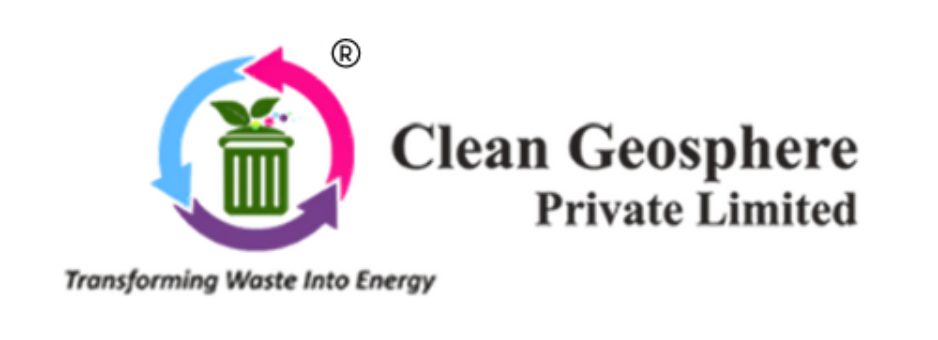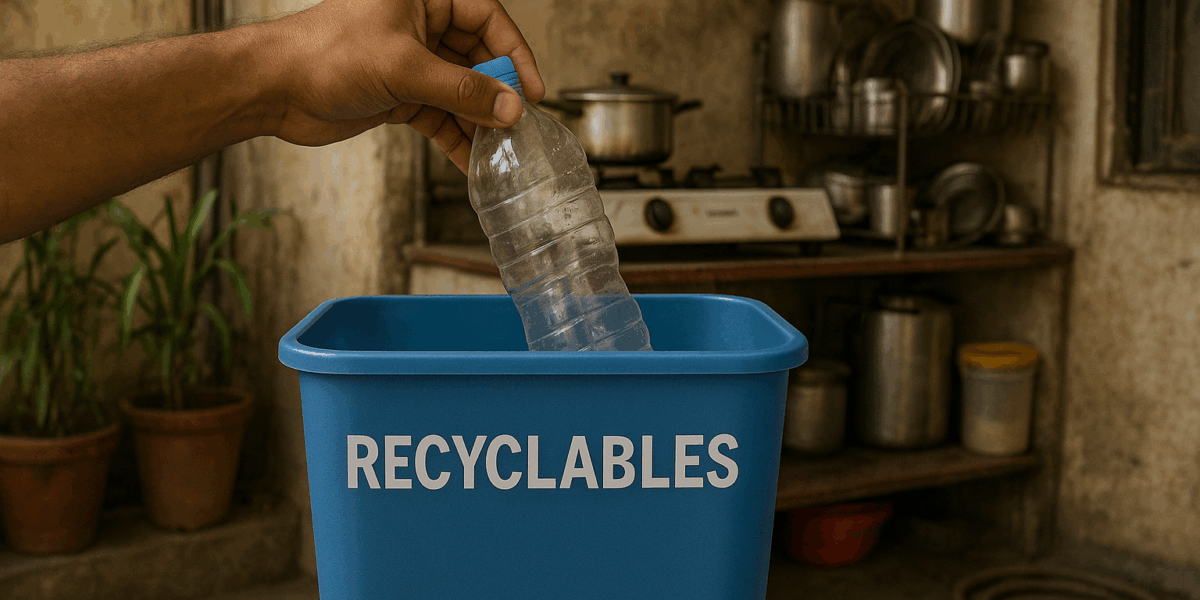Let’s be real for a moment.
We’ve all had that moment of quiet pride—standing in the kitchen, finishing a bottle of juice, spotting the little recycling triangle, and thinking, “Yes, I’m doing my bit.” Into the recycling bin it goes, and we move on with our day feeling just a little more responsible.
But here’s the uncomfortable truth:
That small act might not be doing what you think it is.
Because the story behind recycling in India? It’s far messier than we imagine.
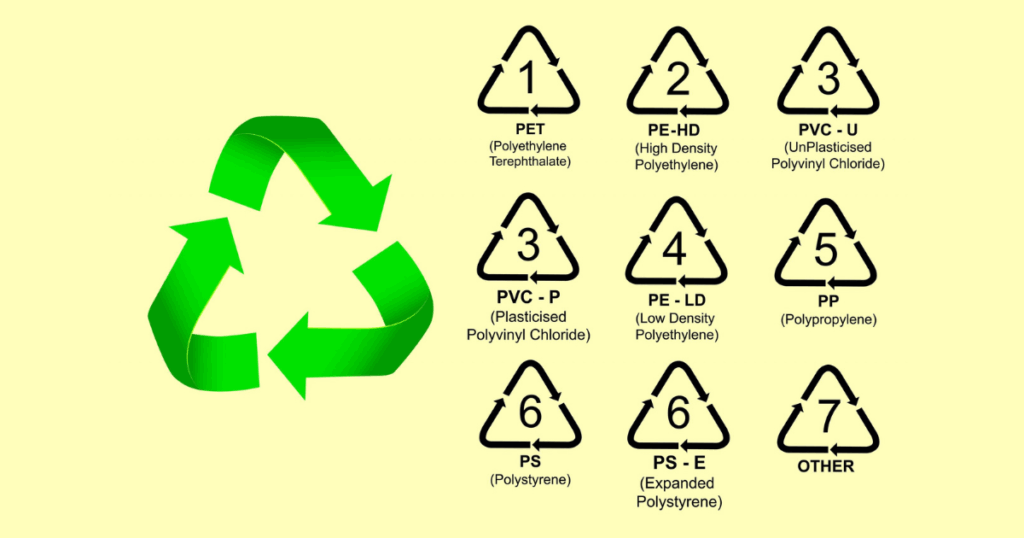
That Recycling Symbol? Not Always What It Seems
You know that triangle made of arrows printed on plastic containers? It’s almost like a comfort symbol, quietly saying, “Don’t worry, I’ll be taken care of.”
But here’s the kicker—that symbol doesn’t guarantee anything.
In India, only a handful of plastic types are actually recyclable. And even then, they need to be clean.
Oily food containers? Tossed.
Chip packets with metallic lining? Trash.
That Styrofoam cup from your office chai? Sorry, landfill.
So while we think we’re recycling, often we’re just… relocating the waste. The symbol gives us peace of mind, but not a promise.
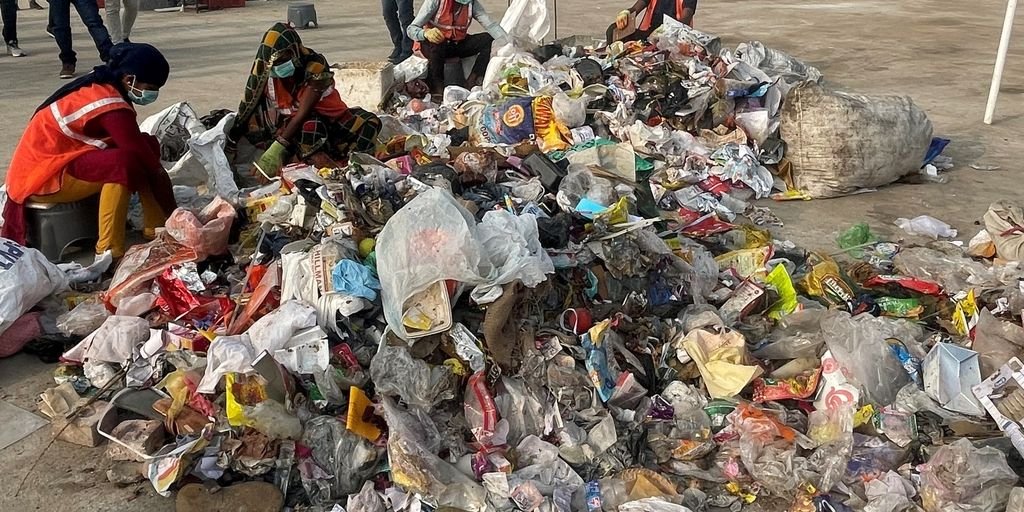
The Real Recyclers Aren’t Robots—They’re People
Recycling in India doesn’t happen in giant factories with conveyor belts and AI robots. It happens through the hands of people. Real people.
The Kabadiwala who comes to your door. The women in sorting centers, separating dry from wet waste—sometimes without gloves, standing in piles of trash for hours.
India’s waste system leans heavily on nearly 1.5 million informal workers—many of them unrecognized, underpaid, and unprotected. Yet, they are the lifeline of our recycling ecosystem.
They pick through our chaos, salvage what they can, and keep what’s recyclable in motion.
Without them? Most of our “recyclables” wouldn’t make it anywhere.
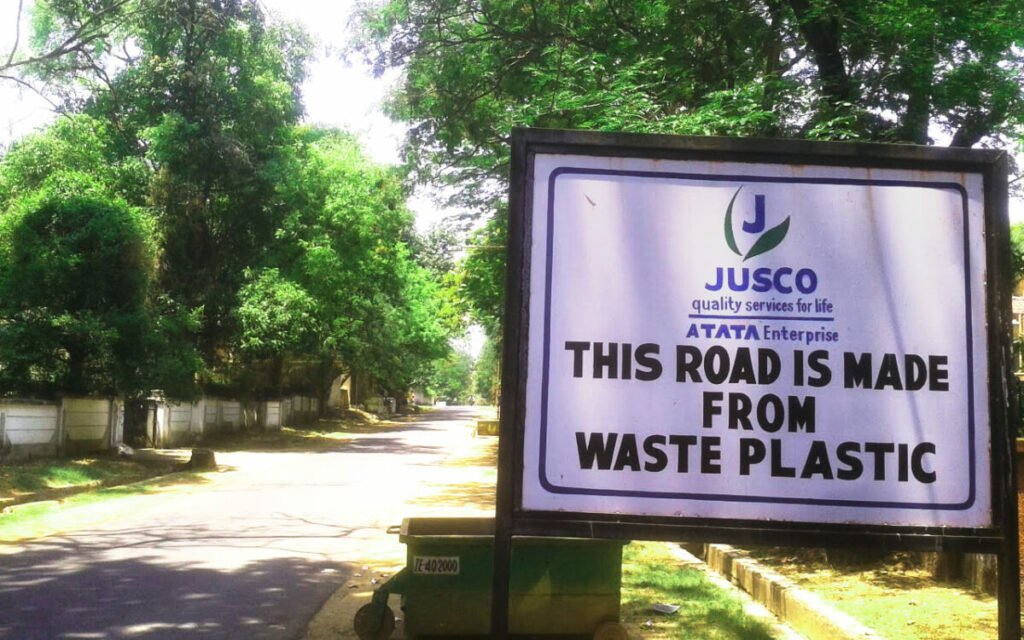
Recycling or Just Delaying the Inevitable?
We’ve all heard the stat—India recycles about 60% of its plastic. Impressive, right?
But here’s the thing: that number doesn’t mean what we think it does.
Most of this plastic isn’t being turned back into bottles or useful packaging. Instead, it’s being downcycled into things like roads, low-grade plastic products, or one-time-use items that can’t be recycled again.
So while it feels like we’re reusing, we’re really just extending the journey—not preventing the destination.
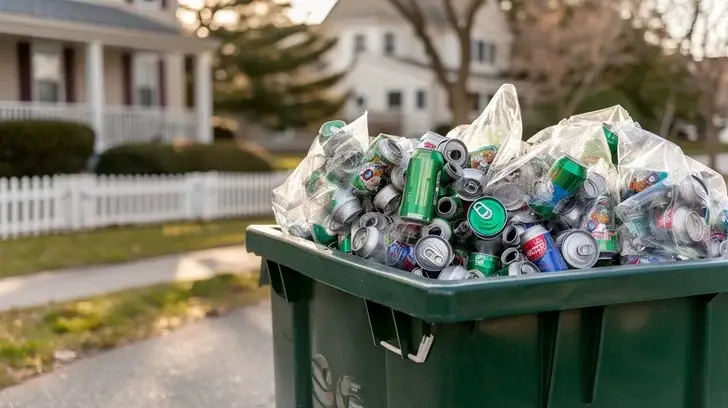
The Real Issue Begins at Home
Let’s stop blaming the system for a minute and look at ourselves.
Because if we’re honest, most of us aren’t separating our waste properly.
We throw leftover food, wrappers, containers, tissues—all into one bin. It’s fast, it’s convenient… and it ruins any chance of real recycling.
When wet and dry waste mix, the dry stuff—the recyclable stuff—gets contaminated. And once that happens? Even the most advanced recycling plant can’t do much with the mess.
So, What Can We Actually Do?
Here’s the good news: making a difference doesn’t mean you have to lead climate marches or study waste science.
It starts with something simple—just caring enough to take a few small steps.
- Separate Your Waste—Every Day
Dry waste goes in one bin: paper, plastic, metal, glass.
Wet waste—your peels, leftovers, and food scraps—goes in another. - Clean Before You Toss
Before you throw away that food container, give it a quick rinse. A dirty container usually means it’ll be rejected and tossed in the trash anyway. - Respect the People Behind the Process
Say thank you to your Kabadiwala. Support local waste collectors. They’re doing work that most of us wouldn’t last a day doing—and they do it quietly, without thanks. That deserves more than silence. It deserves respect. - Speak Up Where You Live
Ask your building society what happens to the garbage after it’s collected. Push for proper segregation if it’s not already happening.
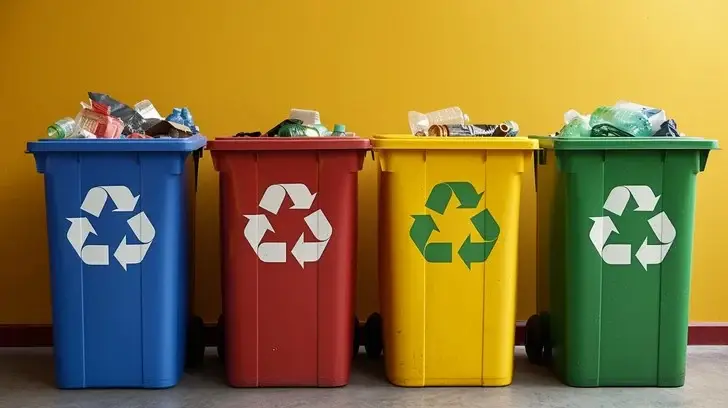
One Last Thought
Recycling isn’t just about sorting waste. It’s about asking better questions:
Where does my trash go? Who handles it? What happens next?
And the biggest question of all: Can I do better?
Because the truth is, once we understand how things really work, we start making better choices—consciously, consistently, and with purpose.
So next time you’re about to toss something, pause. Even just for a second. Ask yourself:
“Am I really recycling this—or just moving it further away from me?”
Let’s not just go through the motions.
Let’s make them matter.
